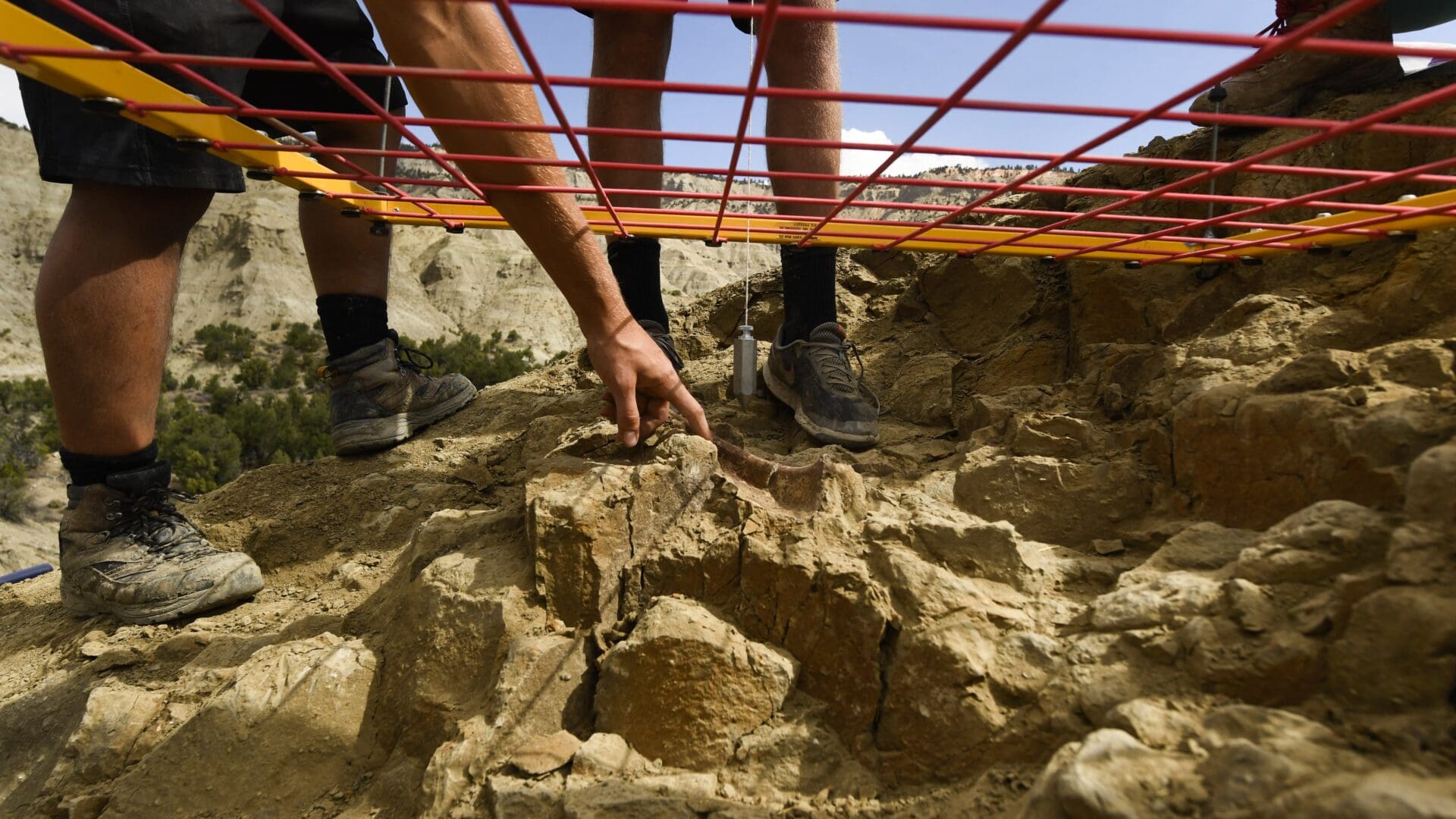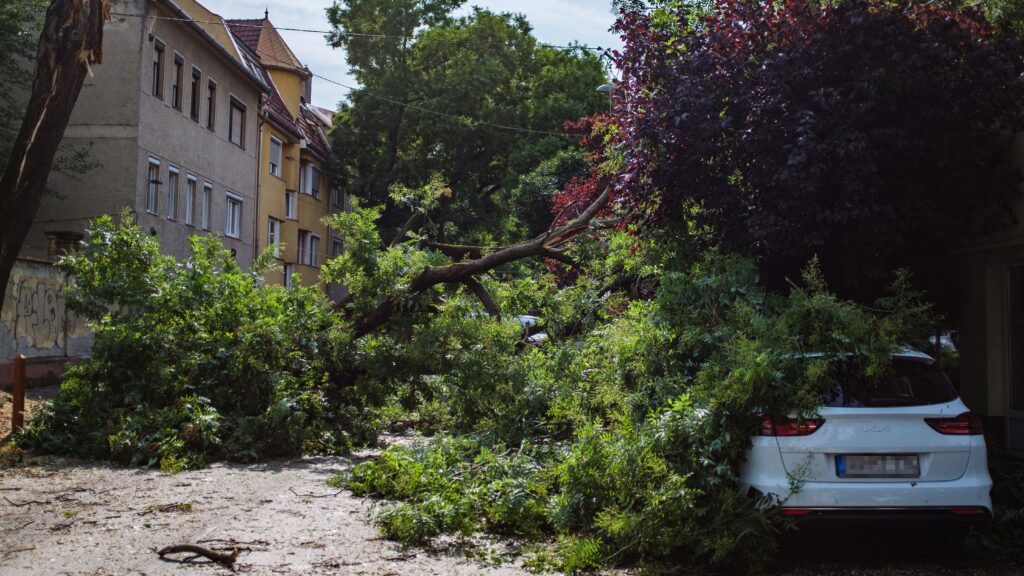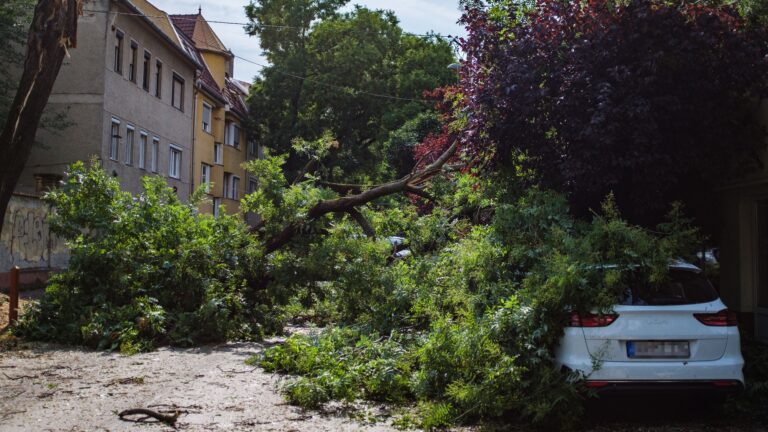The ELTE Department of Palaeontology, led by an international research team, has discovered the skeletal remains of a potentially new species of herbivorous dinosaur in the Hátszeg Basin in Romania, as reported by the university on Tuesday.
ELTE’s public statement recalled that since 2019, researchers have been conducting excavations near the Transylvanian village of Valiora. Their findings include numerous bones from vertebrates that lived at the end of the Cretaceous period. Scientific analyses of the artefacts are still ongoing.
The most common dinosaur remains uncovered belong to a relatively small, mostly bipedal herbivorous species belonging to the Rhabdodontidae family. ‘This group, which includes relatively small animals, currently comprises nine species. Several of these have been described in the last 20 years, thanks to newly initiated systematic excavations. However,
the partially excavated skeletons we have collected now suggest that this dinosaur family may contain additional unknown species,
and the group may have been much more diverse than previously assumed,’ János Magyar, a doctoral student at the ELTE Department of Palaeontology wrote.
The Hátszeg Basin has been known for over a century for its rock layers containing fossils of dwarf dinosaurs from the late Cretaceous period. Baron Ferenc Nopcsa studied the first dinosaur remains from there in the early 1900s. The recent excavations in the Valiora Valley not only resulted in the discovery of new findings, but also contributed to the understanding of the geological structure of the basin and the former habitats of dinosaurs.
The site, labelled K2, is located in the westernmost part of the Hátszeg Basin, where the oldest (approximately 71 million years old) terrestrial rock layers within the basin are found.
According to Gábor Botfalvai, the leader of the Valiora excavations, these rocks not only differ in age from other known dinosaur sites within the basin, but also suggest a wet, marshy, and lake-like environment for the rocks containing bones, while other locations in the basin have remains of an ecosystem further away from rivers. This implies that the research might provide insight into a significantly different composition of fauna.
The newly uncovered remains include the most complete Rhabdodontidae skeletons from the western region of the Hátszeg Basin.
The bones are well-preserved, having suffered minimal breakage and wear over millions of years.
Additionally, among them are bone elements previously unknown in any Rhabdodontida dinosaur, as highlighted in the report.
‘The significance of the findings from the K2 site lies in the fact that it comes from at least two individual specimens of similar size belonging to the same species. It contains several skull elements and numerous bones from other areas of the body, such as vertebra and limb bones. Such partial skeletons are very rare for dinosaurs belonging to the Rhabdodontidae family, and this is the first known occurrence from the Valiora sites,’ emphasized Zoltán Csiki-Sava, associate professor at the University of Bucharest and the Romanian leader of the research group.
The researchers hope that this discovery will provide a more accurate understanding of the origin, kinship, and evolutionary history of the Rhabdodontidae family. Identification of bones belonging to other vertebrates from the Valiora Valley sites may also contribute to gaining more knowledge about the composition and other ecological characteristics of this ancient fauna.
Read more:
Source: Hungarian Conservative/ELTE/MTI








